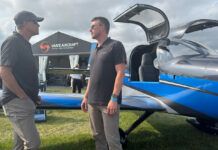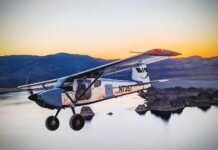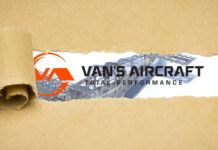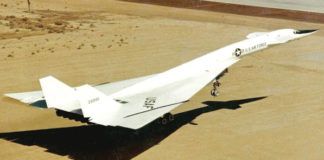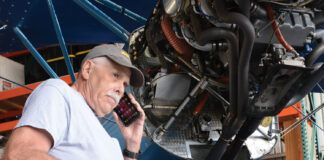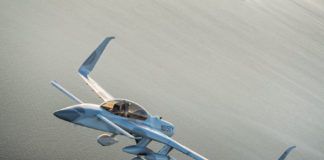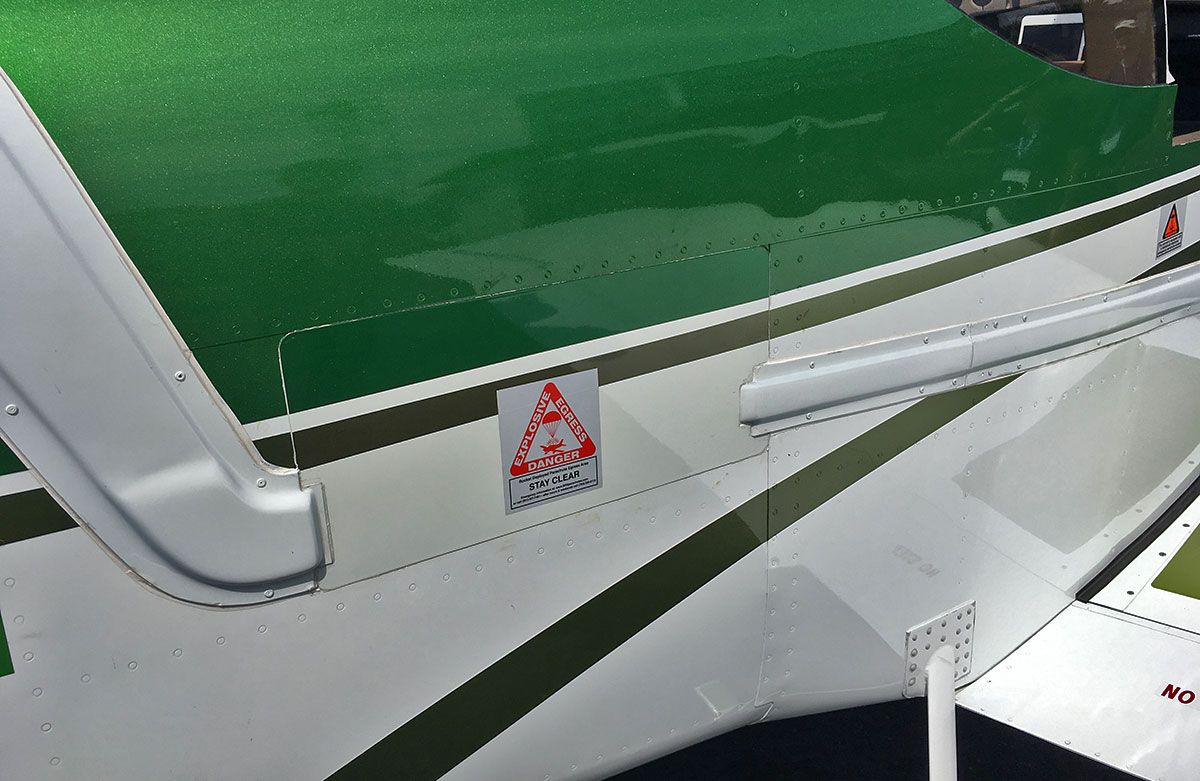
I occasionally receive notes requesting information on ballistic recovery systems for E-AB aircraft, and questions on why you don’t see more articles in Kitplanes Magazine regarding installing such systems. The truth of the matter is that while BRS chutes are pretty common in ultralight aircraft, they just haven’t worked their way into that many E-AB craft… yet. Whole aircraft parachutes have so far saved quite a few lives in mishaps that have occurred in equipped aircraft, making the question of why they aren’t more common an interesting one.
I think that one of the key issues has to do with whether or not the BRS was designed in as part of the initial concept of the aircraft or not. So far, very few of the available kit aircraft can claim that this was so. Installing a BRS in an aircraft that didn’t have it in mind from the start usually leads to payload and CG compromises. Designing the aircraft from start to accommodate such a system allows one to place the chute equipment and necessary structure in to the aircraft at an optimum point. Adding it later on usually means that the baggage weight suffers, and you have to add covers on the outside of a metal aircraft to hide risers and support webbing.
While many like to debate the necessity of such chutes, arguing that a good pilot should always be able to glide to a safe landing in case of an engine failure, I personally believe that they can have a place in our wide aviation world. There are places where landing out simply isn’t an option – the forests and mountains of the west are a good example. There are times when we look down and realize that there are simply no places to go if the motor stops. I don’t see it as a panacea – I see it as another arrow in the quiver.
We recently ran across an RV-7A with an aftermarket chute installation from BRS in Minnesota. The owner of the aircraft added it after buying the airplane, and reported that the installation took only a few days. They do report a negative impact on load and CG, but for their mission, having the chute added more than it took away. We hope to have a report on their project in a future issue of Kitplanes so that builders can learn more about what it takes to add such a system, and the various pluses and minuses that go in to the decision.


